Silk fabric
Silk
is a natural protein fiber that is collected from silk cocoons mainly fibroin. The fabric which is produced from silk yarn is called silk fabric.
This is a very gorgeous and lucrative fabric. It is used in outerwear and
underwear for both purposes.
Silk
fabric
There
are different types of silk fabric we found over the world. Such as below-
Charmeuse fabric
Charmeuse fabric is the world's best silk fabric, and it’s the most popular silk
fabric. It is manufactured by a satin weave. This method gives extra shine and
luster on the front side when the backside is matte. So, it’s a nice choice for
these fabrics that don’t require showcasing on both sides. This type of silk
drape is great and looks luxurious. This fabric looks delicate, smooth, and
shiny. You can use this for making all kinds of clothes like scarves, blouses,
and lingerie are the most common choices. Charmeuse fabric is better for
wedding gowns as well. This is not the easiest fabric to sew because of its
slipperiness.
Chiffon fabric
Chiffon fabric is a lightweight, balanced plain-woven sheer fabric like gossamer and it
is woven of alternate S- and Z-twist crepe (high-twist) yarns. The twist in the
crepe yarns throws the fabric a bit on both sides after weaving, giving it a
slightly stretched and somewhat rough feeling. Chiffon fabric is commonly used in
evening wear, especially as an overlay, to give the gown an elegant and
floating look. It is a popular fabric used in blouses, ribbons, scarves, and
underwear. Like other crepe fabrics, Chiffon fabric is difficult to work with due to
its light and slippery texture. Because of this delicate nature, the Chiffon fabric needs to be washed very slowly.
Devore fabric
Devore
is a fabric method used exclusively in velvets, where a blended-fiber material
undergoes a chemical process to dissolve cellulose fibers to create a
semi-transparent pattern against more tightly woven fabrics. The same technique
can be applied to fabrics other than velvet, such as lace or burnout T-shirt
fabrics. Devore techniques use blended fabrics that combine protein-based
fibers such as silks-based fibers such as viscose, cotton, or rayon with silk.
To create a ‘burnout’ pattern, a chemical gel containing sodium hydrogen
sulfate is applied to the fabrics, dissolving the cellulose-based fibers and
leaving the protein-based fibers unaffected by the chemical. The chemical gel
can be applied by printing or by hand painting on the fabric.
Dupioni fabric
Dupioni fabric is a finely woven shiny kind of silk cloth, using fine yarn on wood, and the
unequal thread is a reel from two or more cocoons entangled in the weft. This
creates tightly-woven yardage with an extremely lush surface. It is similar to
Shantung but with a slightly thicker, heavier, and larger slab count. Dupioni fabric is often woven with threads of different colors and scattered through the
weave. This technique gives the fabric an iridescent effect, like this but the
shot is not pronounced like silk taffeta. Dupioni fabric is very famous for bridal and
other formal wear. It is suitable for upholstery materials, but if it is made
on a curtain or drop, enough underline should be used to protect the fabric
from sunlight.
Habutai fabric
Habutai fabric is literally the "two-layer feathers" of Habutai, is one of the basic
weaves of silk fabric. Although it was traditionally woven in Japan, most Habutai fabric is woven in China today. It is usually lining silk but can also be used
for T-shirts, lampshades, summer blouses, or very light underwear. It is quite
easy to color and is available in many stores. Like other types of silk, Habutai fabric comes in different weights which are measured in mm. A light and
perfect Habutai silk can be 8mm; a 16mm Habutai is considered quite dense. Habutai fabric is a lightweight, shiny material that was once used to make silk kimonos.
It is perfect and often has an ivory color.
Georgette fabric
Georgette fabric is the perfect, light-weight, dull-finished crepe fabric named after the early
twentieth-century French garment maker Georgette de la Plant. Originally Georgette fabric is made from highly twisted silk yarn. Its characterized wrinkled
surface is made of S- and Z-twist yarn alternately in both warp and weft. Georgette fabric is made in solid colors and prints that are used in blouses, dresses,
evening gowns, saris, and trimmings. Georgette fabric has a very light and drapey
hand, rendering it loose and most suitable for flowing clothing and unsuitable
for more structured pieces. Silk Georgette fabric is relatively delicate, but the
damage caused by a variety of synthetic fibers can be even greater. The crepe
style S- and Z-twist weave makes the fabric less lustful than spring and
intimately related chiffon.
Organza fabric
Organza fabric is a thin, plain weave, generally made of silk fabric woven with many modern
organza synthetic filaments fibers like polyester or nylon. Silk Organza fabric is
woven on the banks of the Yangtze River and by several mills in China’s
Zhejiang Province. Thick silk organza is woven in the Bangalore region of
India. Deluxe silk Organza fabric is woven in France and Italy. Organza fabric is used for
bridalwear and eveningwear. In the indoor market, it is used for the impact
between bedrooms and rooms. In viscose and acetate, double-width organs are
used as mere screens.
Taffeta fabric
Taffeta fabric is a glossy, smooth, plain-woven fabric made from silk or cuprammonium rayon as
well as acetate and polyester. The word originates from Persian and means
twisted weave. It is considered a high-end fabric that is suitable for use in
ball gowns, wedding dresses, and interior decorations for curtains or wall
coverings. It is also widely used in corset and corsetry production: it yields
a more starchy type of fabric that keeps its shape better than many other
fabrics. A very thin, crispy type of Taffeta fabric is called paper taffeta. There are
two silk taffetas: yarn-dyed and piece-dyed. Piece-colored Taffeta fabric is often
used in linings and remains quite soft. The yarn-colored taffeta is very strict
and is often used in evening dresses.
Velvet fabric
Velvet fabric is a type of woven tuft fabric where the cut threads are evenly distributed,
with a small dense pile giving it a distinctive soft feel. Basically, Velvet fabric can be made from a variety of fibers, the most expensive being silk. Most of
the velvet sold as silk velvet is actually a mixture of rayon and silk. Velvet fabric made entirely of silk is rare and usually has a market value of several hundred
US dollars per yard.

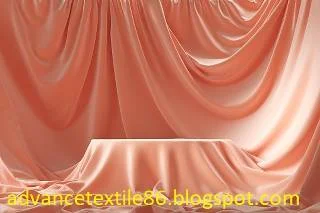
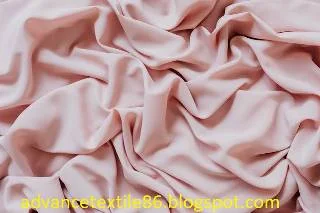
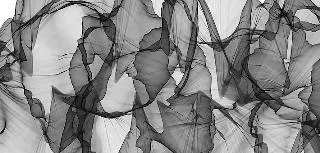


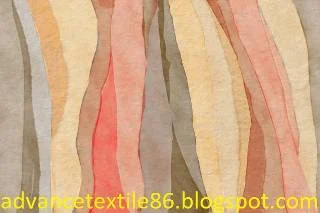
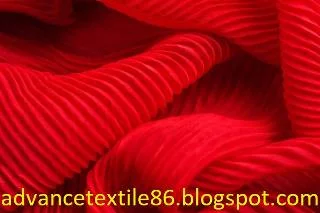

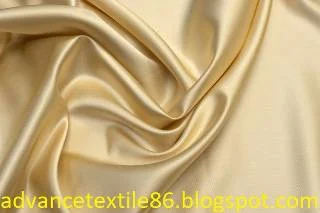
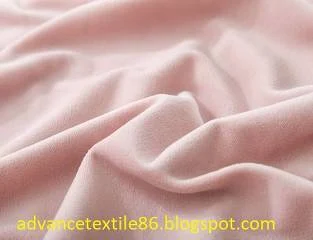







0 Comments